CONTENTS
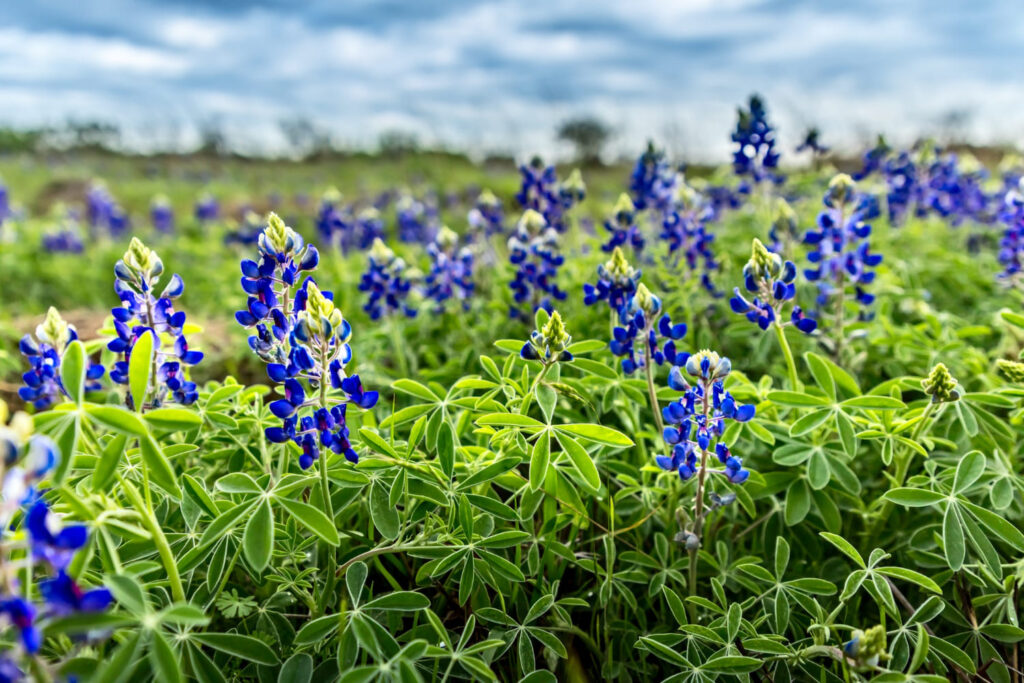
Growing Blue Bonnet Flower: A Gardener’s Guide
Are you captivated by the sight of a field full of vivid blue flowers swaying gently in the breeze? Have you ever wanted to recreate this picturesque scene in your backyard? If so, it’s time to roll up your sleeves and delve into the world of Blue Bonnets.
Ahead, we’ll learn about the ideal growing conditions for the blue bonnet flower, the practical tips on growing them properly, and the main problems in growing bluebonnets so that you can maintain these beautiful blooms.
Are you ready to elevate your house gardenscape? Let’s get started!
Where Do Blue Bonnets Grow Best?
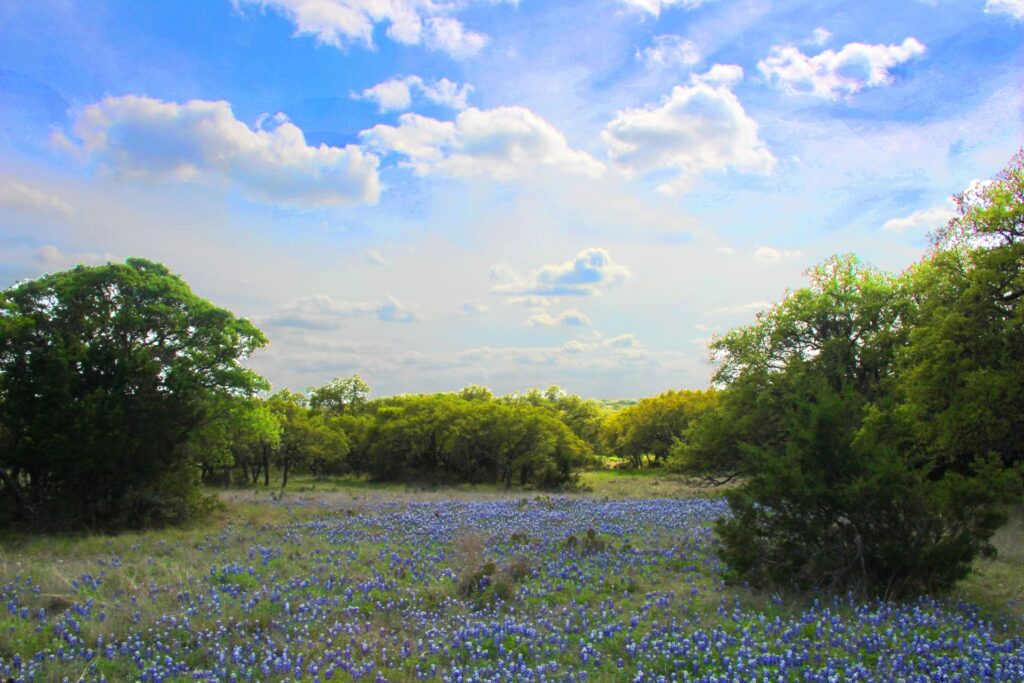
Blue Bonnets, the state flower of Texas, thrive best in their native environment, primarily in the Southwestern United States, particularly in Texas and Oklahoma.
As stated by the USDA Plant Hardiness Zone Map, Blue Bonnets grow optimally in zones 4-8. They prefer well-drained soils, full sun exposure, and a pH level of around 7.5.
These flowers are adapted to the region’s mild winters and hot, dry summers, with peak blooming occurring in late March to mid-April.
Notably, while Blue Bonnets can survive in partial shade, they won’t bloom as profusely as in full sun. So, for the most vibrant display of blue, a sunny spot is the way to go.
Growing Blue Bonnets
Interested in growing bluebonnets in your garden? Follow these expert tips!
Growth Habit
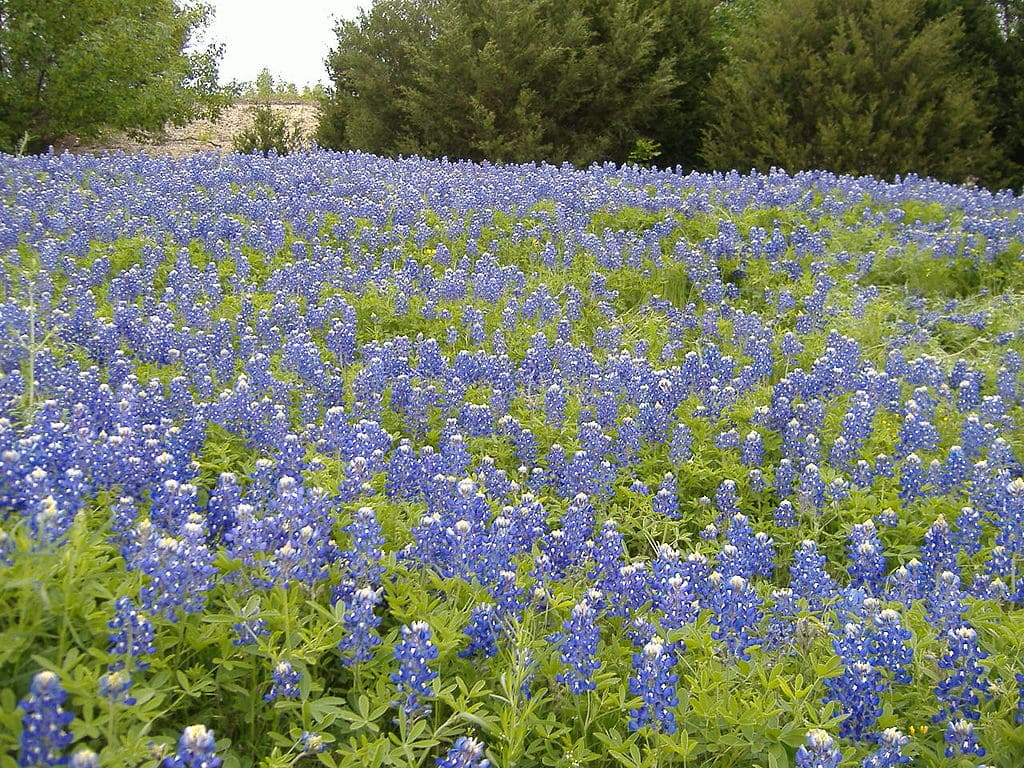
Bluebonnets, scientifically known as Lupinus texensis, exhibit a unique growth habit well-adapted to their native environment in Texas.
They are annual plants germinating in the fall and growing throughout the winter, taking advantage of the cooler temperatures and increased rainfall.
Their leaves are palmately compound with 5-7 leaflets, providing a unique shape contributing to their overall growth. In terms of height, bluebonnets typically reach 1-2 feet tall.
After flowering, they produce seed pods that break open, allowing the seeds to scatter and grow into new plants the following season. This growth cycle allows bluebonnets to proliferate and maintain their presence in the landscape.
Thinning
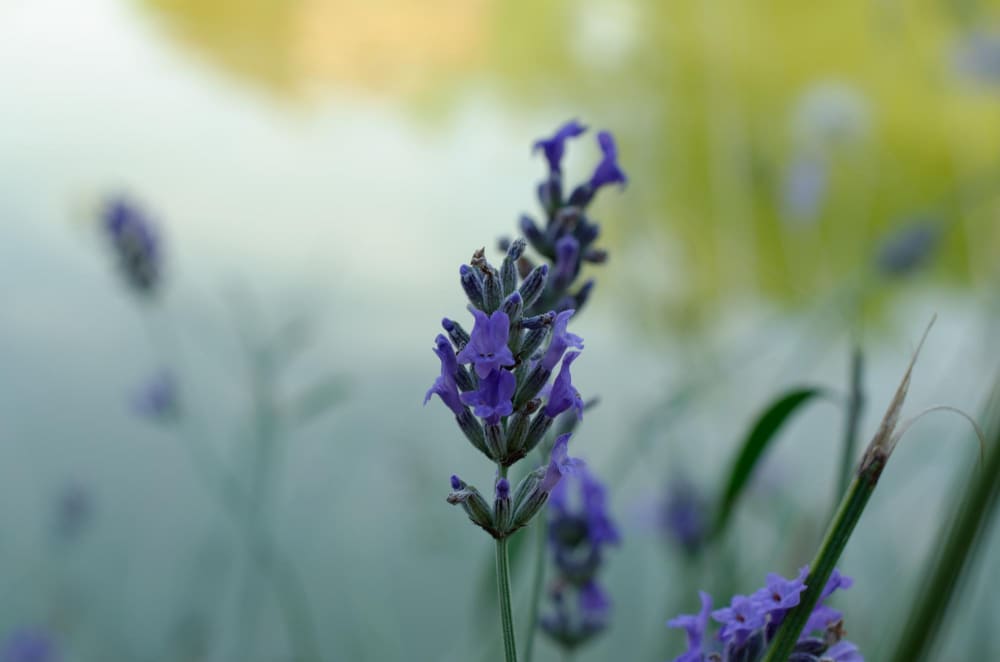
Thinning bluebonnets is vital for healthy growth, promoting plant health, space, and disease prevention in dense plantings.
Bluebonnet seeds are often sown densely, and as seedlings emerge, they can crowd each other out, competing for sunlight, nutrients, and water. Thinning involves carefully removing some plants to allow the remaining plants adequate space to thrive.
Bluebonnets should be thinned for optimal growth so they are approximately 12 inches apart. This process should be done when seedlings have grown a few inches tall, typically a few weeks after germination.
Staking
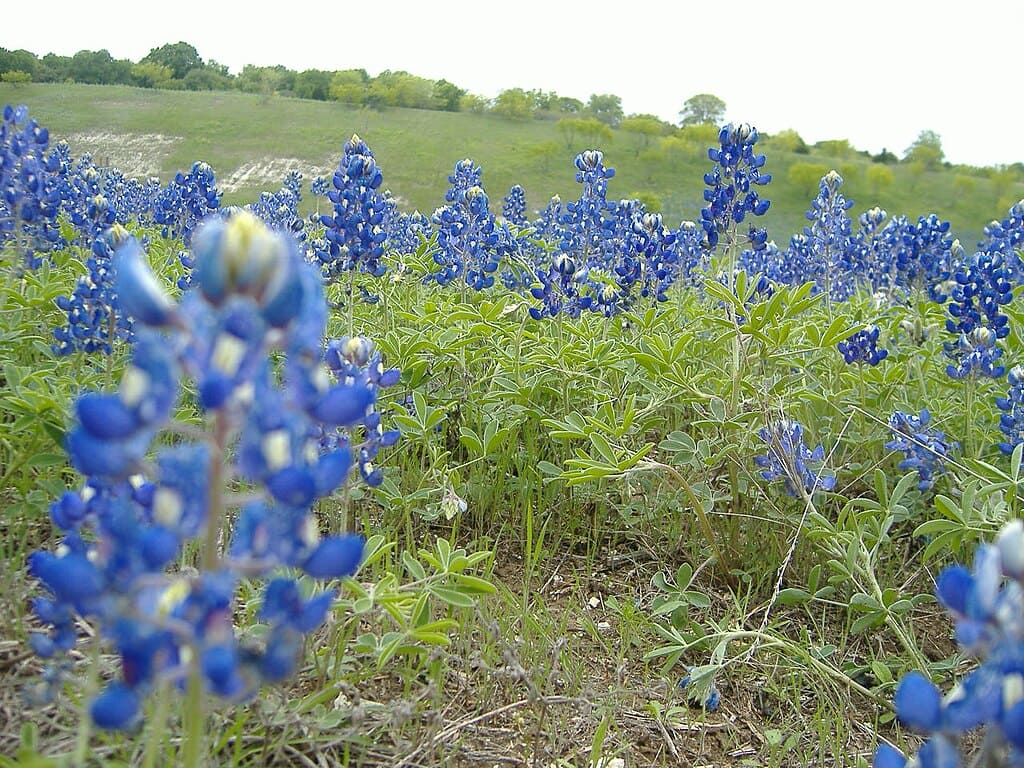
Bluebonnets generally do not require staking under normal conditions because their sturdy stems are usually sufficient to support the weight of the plant and its blooms.
Staking is often used for taller, more delicate plants that may struggle to remain upright, especially when burdened with heavy blooms or subjected to strong winds.
However, if a particular bluebonnet plant were to grow unusually tall or start to lean excessively, a stake could be used to provide additional support. In such a case, it’s recommended to tie the plant to the stake with soft ties, taking care not to damage the stem.
Watering
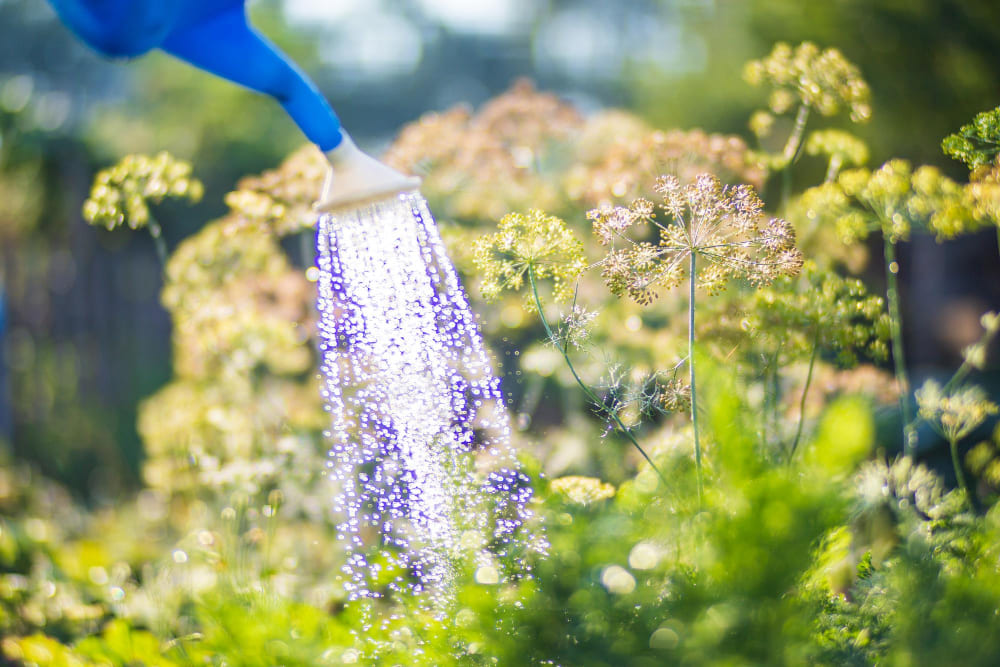
Bluebonnets are adapted to the conditions of their native environment, which means they are tolerant of dry conditions and require less watering than many other flowers.
These flowers are typically watered when initially planted to help stimulate germination. After this, they generally only need additional watering if there is an extended period of dry weather or drought.
Avoid overwatering to prevent root rot and diseases. Water bluebonnets every 7-10 days in dry spells, adjusting based on rainfall and soil moisture.
It’s also beneficial to water them in the morning to minimize evaporation loss and give the plants plenty of time to dry before evening, reducing the risk of disease.
What are the Main Problems When Growing Bluebonnets?
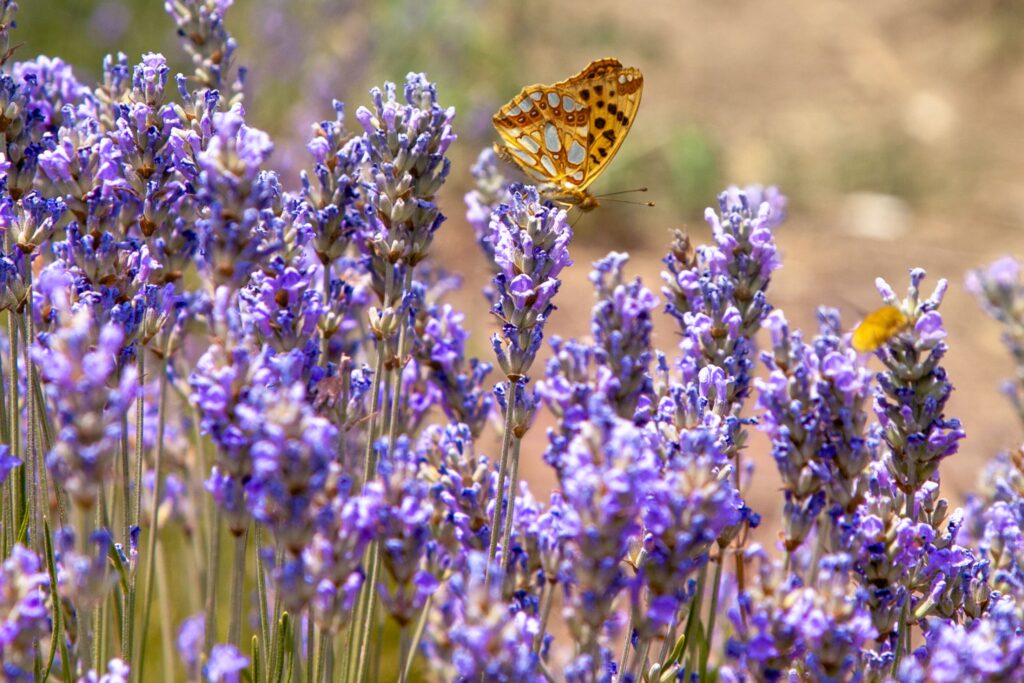
One of the main problems in growing bluebonnets is improper soil conditions. These flowers thrive in well-drained, limy, alkaline soil with a pH of 7.0–8.5. Poorly drained, clayey, or acidic soils can lead to poor plant growth and increase the likelihood of root diseases.
Another common issue is the overwatering of plants. Overwatering bluebonnets can cause root rot and fungal diseases, as they are drought-tolerant.
Bluebonnets need full sun for proper growth; shade can lead to weak, sparse plants. Pests like snails, slugs, and aphids can also pose a problem as they may harm or kill the flowers.
Finally, improper seed-sowing timing affects germination and plant health. Thus, plant bluebonnet seeds in the fall for a spring bloom.
Care Tips For Bluebonnets
Want your bluebonnets to live longer and more thriving? Follow the following care tips!
Deadheading/Trimming or Pruning
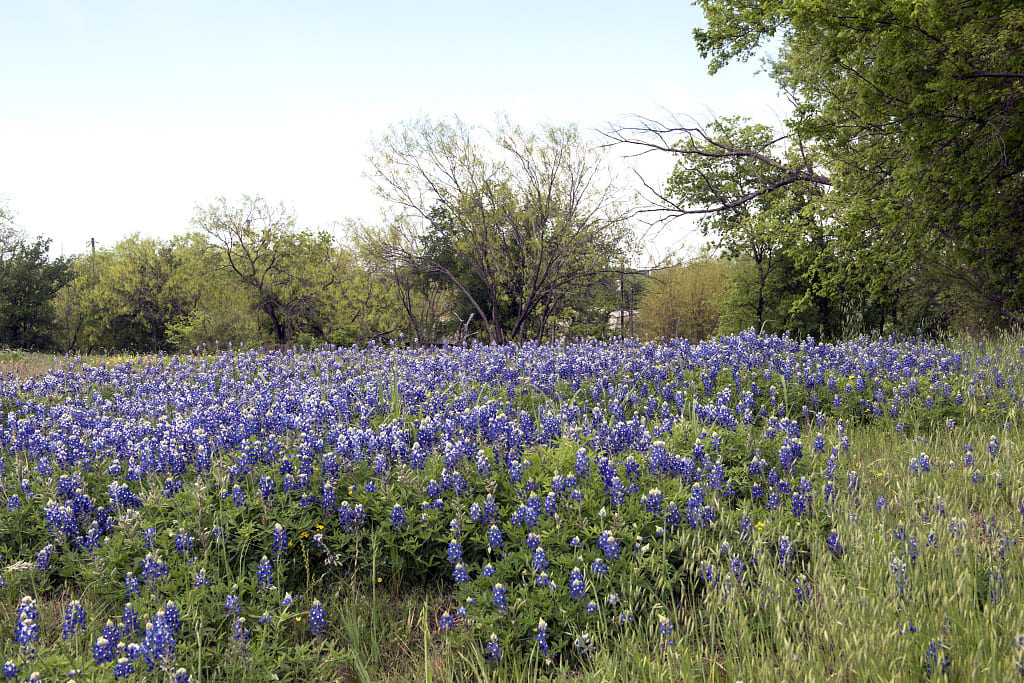
Unlike many flowering plants, bluebonnets follow a unique annual plant life cycle. After blooming, it’s best not to deadhead or prune them. Leave the spent blooms to form seed pods, ensuring future spring flowers.
If you prefer a neater appearance, remove them after seed production. To collect seeds for controlled propagation, wait until seed pods turn brown.
Pests & Diseases
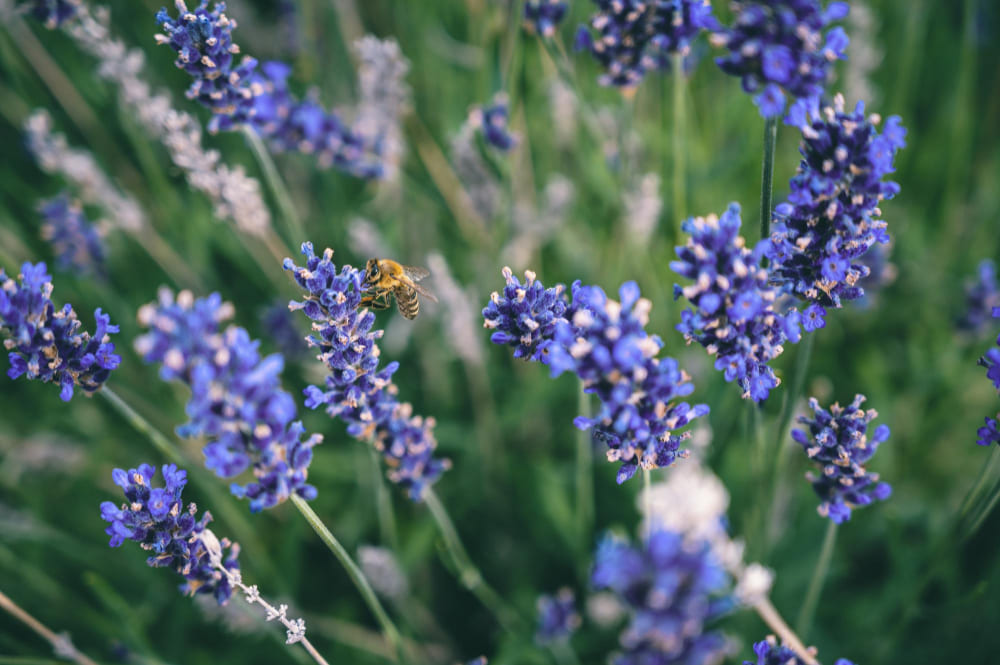
Pests and diseases are threats to bluebonnets. One common pest is the pillbug, which can harm seedlings. Similarly, aphids sap the plants, and slugs/snails eat leaves and flowers. Use water spray or insecticidal soap for pest control.
On the other hand, fungal diseases like root rot and powdery mildew can occur. Thus, avoid root rot by planting in well-draining soil and not overwatering. Also, manage powdery mildew by proper spacing and fungicide use if needed.
Another potential harm comes from a viral disease called bean yellow mosaic virus, which causes stunted growth and yellow leaves. To tackle this, remove and destroy infected plants to prevent spread.
Fertilizing
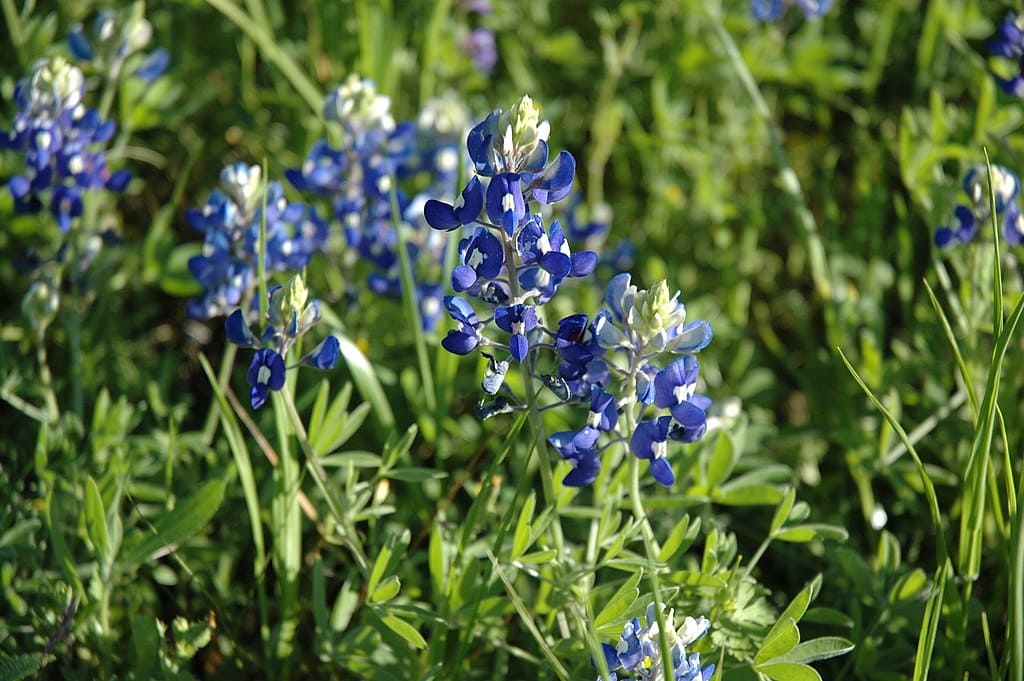
Fertilizing is vital for bluebonnets, but they usually require less than many garden plants. They thrive in low-fertility soils but benefit from adequate phosphorus. Apply slow-release, phosphorus-rich fertilizer in the fall if needed.
Avoid over-fertilizing, especially with nitrogen, as it can promote foliage at the expense of flowers. A soil test helps determine precise nutrient requirements.
Mulching

Mulching benefits bluebonnets by retaining moisture and controlling weeds. They are drought-tolerant and prefer well-drained soil, so a light layer of organic mulch conserves moisture, moderates temperature, and suppresses weeds.
However, avoid excessive mulch, as it can lead to root rot; keep it no more than 2-3 inches deep and away from plant stems. Mulching after blooming safeguards fallen seeds for future germination, ensuring a yearly display of bluebonnets.
Frequently Asked Question
When do I sow bluebonnet seeds?
Bluebonnet seeds are best sown in the fall, typically from September to mid-October.
Do Bluebonnets come back every year?
Yes, bluebonnets are perennial plants, meaning they can return every year under the right conditions.
Do Bluebonnets need watering?
Yes, bluebonnets do need watering, but they are drought-tolerant and typically require only minimal watering once established.
Conclusion
Cultivating bluebonnets in your garden isn’t just a rewarding endeavor; it’s a nod to Mother Nature’s incredible artistry. These drought-tolerant perennials not only add a splash of vibrant blues to your landscape but also bring a piece of wild Texan prairie right to your doorstep.
Remember, the secret lies in fall sowing and minimal watering once established. So why wait? Embrace the beauty of bluebonnets, and let the Texas bluebonnets transform your house garden into a stunning sea of blue!

